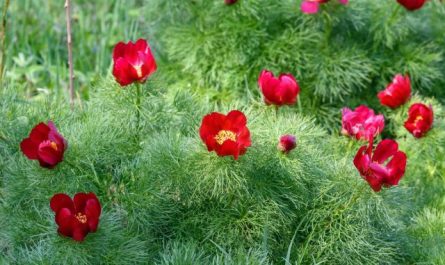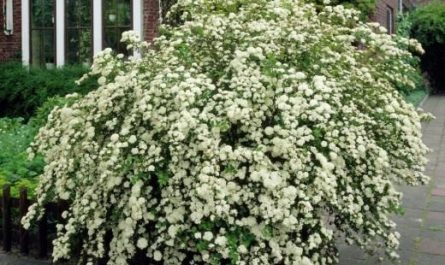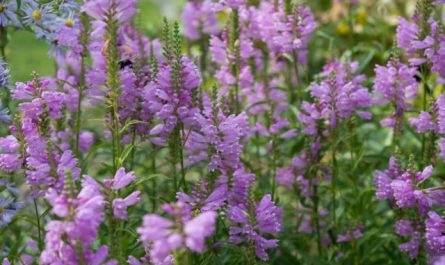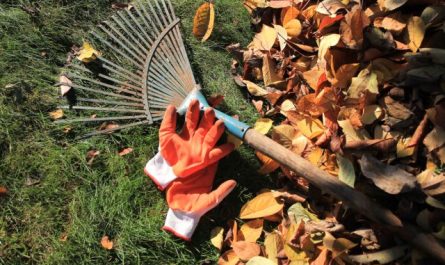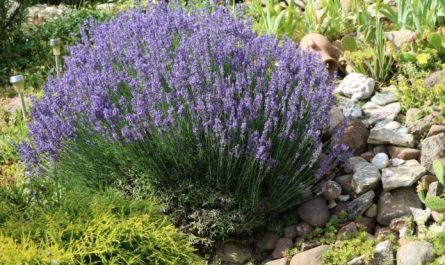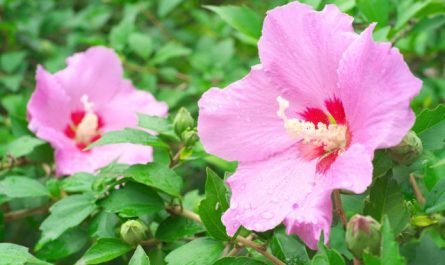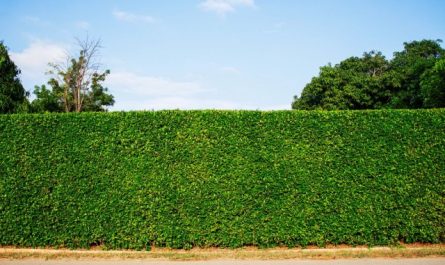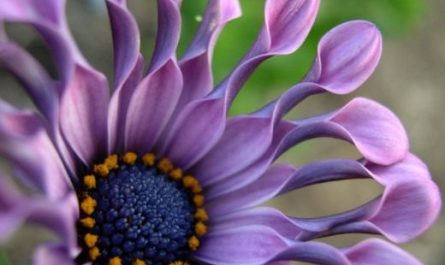Having once seen a standard hydrangea or something else standard, you immediately want to decorate your plot with such beauty. Having looked at the prices of seedlings, the enthusiasm somehow dissipates by itself.

Enthusiasm can be directed in another direction: to create this beauty in your garden yourself. You will get three in one: garden decoration, wild delight from what you have done with your own hands and new perspectives. Let’s try?
Special requirements and restrictions
A shrub plant grown as a tree is a completely unnatural option for natural conditions. Such a natural nonsense. People are interested, but the plant itself is strange and unusual. It will definitely require special maintenance conditions. This applies to both self-grown and purchased plants.
In nature, the trunks of shrubs are formed differently from tree trunks. They usually do not carry a powerful crown and are not ready to hold it. Therefore, a standard plant will need a strong support that will accompany it from a young age and throughout its life. In addition, the trunks of shrubs are not accustomed to grow strictly upward. They bend, deviate, in every way demonstrating the habit of a free life. Support is also to force the plant to even vertical growth.

The formation of a uniform crown in shrubs in the natural environment is ensured by a bunch of trunks, the shoots on which grow somewhat one-sidedly. The tent-shaped crown is too heavy for one trunk, it has a large sail area in the wind and a very high risk of breaking branches. So it will be necessary to plant in a protected place and it is necessary to provide for the preservation of the crown in winter. Either shelters or support – support for the crown.
For shaping and grafting, it is better to select varieties with small flowers or inflorescences – too much stress on the generally flimsy crown is created by abundant flowering. When shaping standard fruit bushes (or grafting), you need to be prepared for the fact that the volume of flowering (or harvest) will be lower than in the plant’s usual form. But it is beautiful.
Well, and of course, to maintain the decorative shape of the plant, it will require constant care – pruning, pinching, shaping.
The place for planting standard plants will need to be chosen especially carefully, and here the design is not the most important thing, but the preservation of the plant. With one-sided lighting, the crown will develop unevenly – you will be exhausted to shape it. In strong winds, the plant in standard form will not live long. In winter, it is desirable that the plant is not heavily covered with snow, so that everything does not break or bend.
If the desire to have a standard bush has not weakened, we move on to the second point.
Variations and combinations
In fact, there are only two options for obtaining a standard shrub plant: shaping (this is the option to start with) and grafting onto a specially grown standard. The third option is to buy, but it is not considered here due to the lack of a creative component.

It is convenient to practice on lilac. Unlike other flowering shrubs, it forms a uniform crown on its own, firmly holds the inflorescences, branches and the trunk itself. You can practice shaping techniques on it, choosing a separate shoot for a start.
To debug the complete program for creating a standard bush, the following are suitable::
- panicle hydrangea,
- mock orange,
- species roses,
- viburnum,
- privet,
- chaenomeles,
- Physocarpus,
- steppe almond,
- rowan-leaved mountain ash,
- red elderberry.
The main thing is to have enough patience to fight the shoots. In warm regions, it is good to train on buddleia – it grows quickly and its trunks are strong.
Paniculata hydrangea is a priority: it does not produce shoots, is winter-hardy, blooms for a long time and spectacularly. Of the fruits, irga, gooseberry, aronia, shrub cherry and currants (black, white, red) are suitable for these purposes. Currants grow and form well, but their shoots do not last long. However, for training – just right.

While shaping is available to almost everyone, creating grafted standard plants requires grafting skills and general knowledge about plant compatibility.
Plants of the same species are compatible (for example, different varieties of panicle hydrangea), plants of the same genus are often compatible (roses of different species), sometimes – of the same family (lilac can be grafted onto privet). White, black, red currants and gooseberries are well grafted onto golden currants, they even become more durable from this.
Forming technology
To begin with, you will need a seedling. Experts believe that a seedling is better, but a rooted cutting or a separated root shoot will do. The main thing is to get a separate plant.
Work with cuttings and shoots begins the following season, when they have taken root well. With seedlings – when they reach 15 centimeters.
In spring, the plant is planted in a permanent place, next to a strong support that will accompany it throughout its life. It is advisable to tie up the shoot immediately so that it grows strictly upward and does not deviate anywhere. The desire for tillering will have to be nipped in the bud. We need a standard – a single even shoot growing upward.

Seedlings usually grow like this at first, and cuttings often have lateral buds that start to produce shoots. If this happens, the strongest of the lower shoots is selected, and the rest are removed. All shoots growing from the bottom and sides will need to be carefully and regularly removed, without leaving stumps. It is better to do this at the very beginning of shoot development – they are easily pinched off.
As soon as the shoot has grown to the height where the branches are planned, the pinching changes. That is, below the branching point, everything remains the same: removing buds and growing shoots. But from the upper buds we begin to form the crown.
Above the level of the trunk, you need to wait for at least four lateral buds to appear, then pinch the top. The top bud will definitely shoot up with a new shoot. Shoots will climb in different directions from the other lateral buds. After the lateral branches grow, they will need to be shortened, leaving 3-4 buds so that they begin to branch. The top shoot should also be limited to four buds – this will be the second tier of the crown. The crown is formed according to this principle.

Further work with the plant will greatly depend on the bush on which the experiment was started and how many seasons have passed since its beginning. Lilac and hydrangea from cuttings bloom in the 4th-5th year, and currants can bloom immediately after shaping. And even during the shaping process, it tends to do this. Hydrangea, lilac and many others have flower buds formed at the ends of shoots (this year’s hydrangea, last year’s lilac). That is, by the 5th year, when they should bloom, the crown should be formed and should not be touched in the spring. Currant flower clusters are formed almost along the entire last year’s shoot, and shortening the shoots in the spring will simply reduce the harvest.
After you have mastered the basic option, you can practice forming a standard by intertwining young shoots. It will turn out more stable and lush.
Grafting technology
The first stage is no different from the previous option – you will need to grow a straight stem – a standard.
As rootstocks – standard plants, it is better to grow species plants or resistant varieties. For panicle hydrangea, for example, the old and very resistant variety “Grandiflora” is suitable. Or not old, but strong “Kiushu”. For standard roses, the best option is canina rose, or dog rose. For red, white, black currants and gooseberries, a good rootstock is golden currant.

While the trunk is growing, you can choose the variety that will be the crown and prepare for grafting, study the theory. Also visit your friends and look for beautiful varieties for grafting – they won’t spare one branch!
The scion (the future crown) should not grow more actively than the rootstock, otherwise sooner or later the crown will break off, that is, it is better not to use tall varieties. And those with too large inflorescences too. The timing of grafting is different for different plants. Lilacs are well grafted with a cutting in early spring, roses – with an eye in the first half of August, hydrangeas – with cuttings in July, “behind the bark” – you can immediately two cuttings from different sides. Cuttings for spring grafting should be cut in winter and stored in the refrigerator, for summer you will need freshly cut ones.
When grafting with an eye, you need to graft a pair of eyes on different sides of the stem, one higher than the other. Three or four are also possible, because it is unknown how many will take root.
It is better to graft currants and gooseberries in early spring, when the buds are swelling, with a cutting. By the way, grafting on golden currants is one of the “fastest”. A suitable standard grows in two years, grafting in the spring and the following season there will be fruiting, although small for now. The best method of grafting with a cutting for currants is improved copulation.




